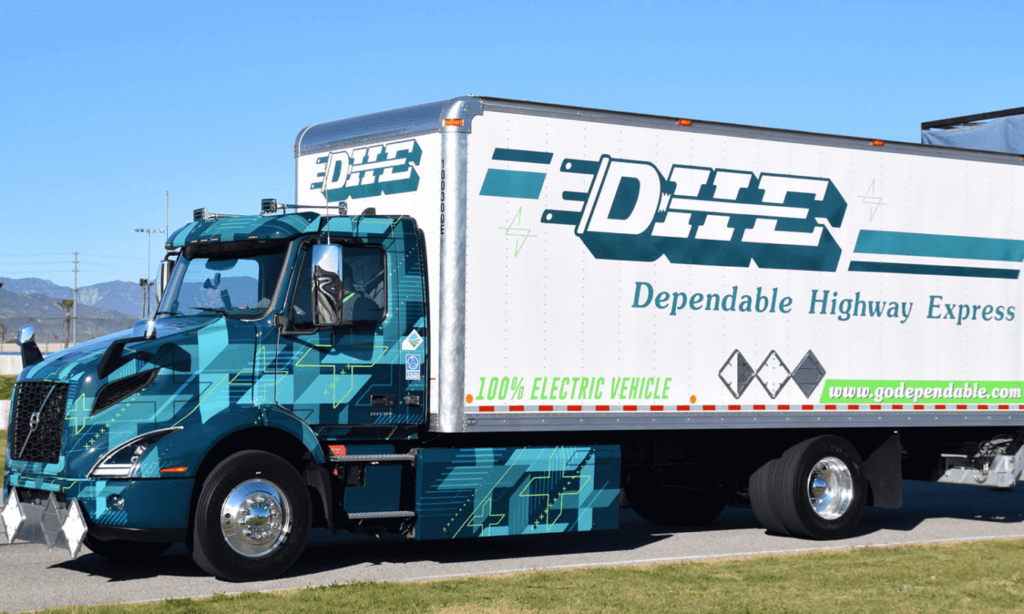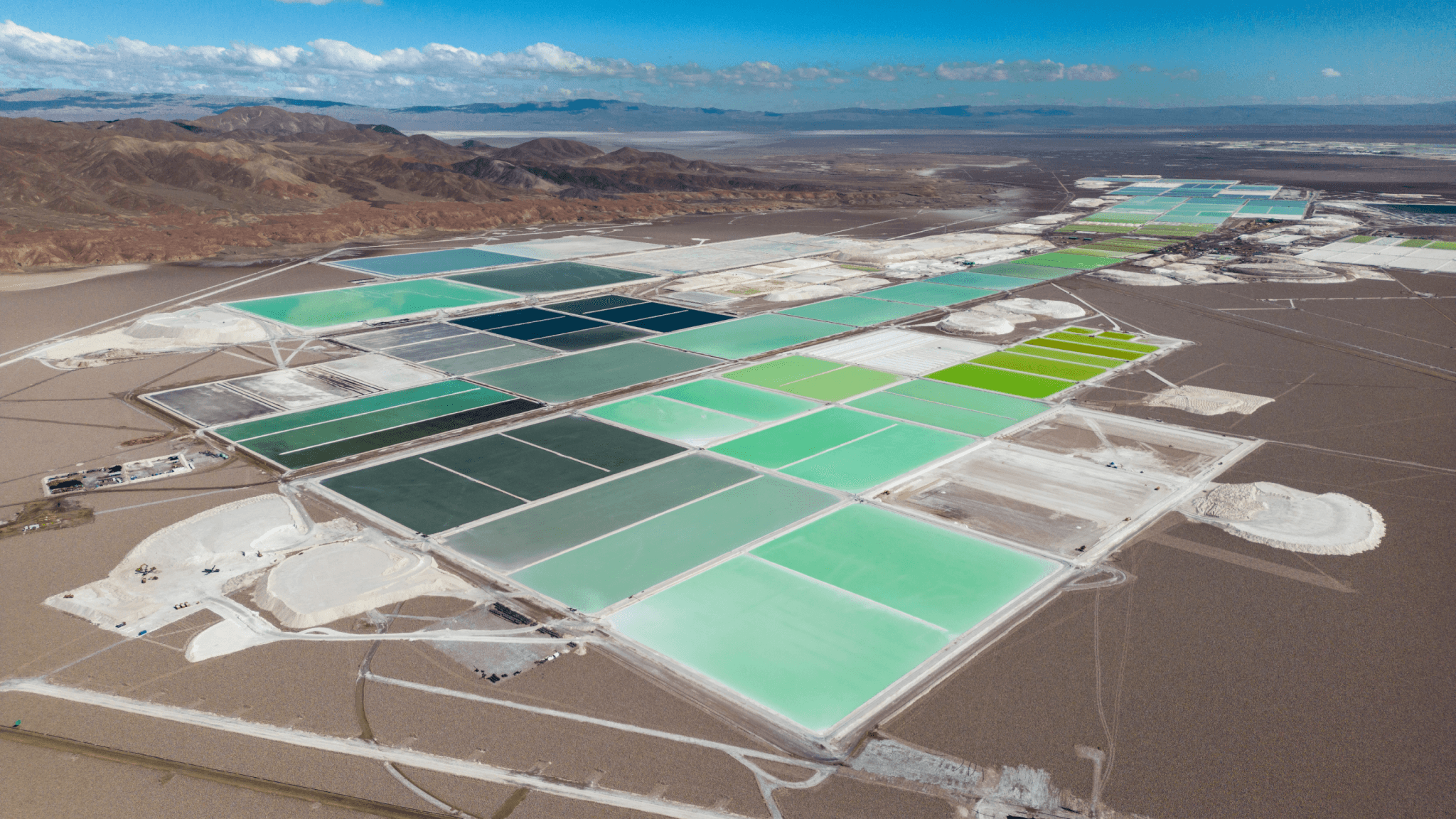
Last year heralded several landmark developments in the electric transportation revolution, with significant growth across both the passenger and freight sectors. This is particularly timely, as road transportation continues to be a major source of global climate pollution which will continue to grow over the coming decades if we don’t change course – contributing to disastrous outcomes for our health, the economy, and the climate. Fortunately, due to the hard work of our partners, we are starting to turn the corner toward a cleaner transportation future.
Here, we unpack five encouraging signs of progress that we’re tracking at Drive Electric, the campaign to end the polluting tailpipe and accelerate the global transition to a clean transportation future. This progress comes from across geographies and vehicle segments, supported by the efforts of global partners, accelerated by collaboration, and fueled by philanthropy.
1. Electric vehicle sales skyrocketed, even during the pandemic

One key signal of progress on the road to zero-emission transportation is the increase in electric passenger vehicle sales, which are expected to have reached at least 7% globally in 2021, a 140% increase from 2019.
We track electric vehicle sales as a portion of all vehicle sales for two reasons.
First, achieving our clean transportation goals is less about the absolute growth of the market, and more about the accelerated transition away from polluting tailpipes toward cleaner, zero emissions transport powered increasingly by renewable energy.
Second, it shows us that transformative policies are working. Electric vehicle sales percentages are greatest in the regions with strong policy support like California, China, Norway, and Germany. For example, from 2019 to 2020, EV sales grew by 143% across Europe (with further growth in 2021), which analysts attribute to the strong European CO2 pollution standards. In the United States, the Advanced Clean Cars policy has been a key driver of the switch to electric vehicles. Originally pioneered in California, it has now been adopted by another 15 U.S. states (most recently Minnesota, and Nevada), accounting for over ⅓ of the U.S. market. Around the world and with public support, electric bus sales grew by roughly 22% since 2019 and are expected to have reached nearly 18% of all buses on the road by the end of 2021.
Drive Electric partners were crucial to this success, contributing to at least 30 significant policies throughout the world just in the first half of 2021.
2. Ambitious leaders are everywhere
It’s official, finally! 📣
— Monica Araya (@MonicaArayaTica) October 18, 2021
Chile 🇨🇱 is the first emerging market to end sales of petrol and diesel cars!
WELL DONE to the team at the Ministry of Energy and the e-mobility commission.
Who will be next? https://t.co/LYPma4QRYN @Drive_Electric_
In 2021, many countries, states, and cities increased their clean car ambition, while new players emerged as strong leaders in the global transition to electrified transportation. In the EU, an emergent frontrunner, nine member states requested that the European Commission support a date for the EU-wide phase-out of the sale of new petrol and diesel passenger cars and vans, and the European Commission is actively exploring a requirement for 100% zero-emission cars and vans across the EU by 2035 as part of it’s ‘Fit for 55’ package.
Several Indian states stepped up in 2021 by announcing impressive electric vehicle plans. The state of Gujarat launched its plan to support transport electrification while Maharashtra state came out with a strong electric vehicle policy of its own. This recent progress complements past EV policies in several other Indian states.
In the U.S., two executive orders by President Biden set an ambitious goal of making electric passenger vehicles half of all new sales nationally by 2030 and commit the federal government to fully electrified fleets, totaling 645,000 vehicles by 2035. These efforts send the political signal that the future is electric, and that rapid transformation is desirable and possible – in fiscal year 2019, just 1% of federal fleet vehicle purchases were electric.
A major moment of 2021 was the signing of several big declarations and agreements at COP26 in Glasgow. This includes the “Glasgow Declaration on 100% zero emission cars and vans” signed by over 100 parties including nations, states, manufacturers, and other key stakeholders. Together, they agreed to support 100% sales of new cars and vans to be zero-emission by 2035 in leading markets, and by 2040 for the rest of the world. For a more complete wrap-up of COP26, check out our blog here.
3. Businesses are championing electric vehicles
Increased private sector interest in electric vehicles over the past year demonstrates the growing understanding that electric-drive transportation makes business sense. Whether it’s a fleet of electric buses that provide lower operating, fuel, and maintenance costs, or last mile electric delivery vehicles that showcase the industry’s positive actions in mitigating climate change.
To help businesses on the journey to tailpipe-free transport, Drive Electric partners like the Ceres Corporate Electric Vehicle Alliance (CEVA) and The Climate Group’s EV100 connect businesses to opportunities to lower their emissions, save money, and increase wider EV adoption. The participating companies account for a global fleet of well over 5 million vehicles, giving them market power collectively that no single company could attain. And they are increasingly adding their voice to policy efforts as well, bringing positive pressure on governments like calling on U.S. States to adopt the Advanced Clean Truck rule and calling on leaders globally at the UN COP26 to slash transportation pollution.
4. Clean freight is going global

Dramatically reducing emissions in the road freight sector is crucial to enabling commerce without damaging the climate or the health of communities living near ports, highways, and depots. The zero-emission technology we need is here today, and Drive Electric partners are working with manufacturers, suppliers, policymakers, and communities to accelerate uptake.
Building off momentum from the Advanced Clean Trucks (ACT) rule adopted by California, communities across the U.S. are advocating for states to set standards that will shift trucking to zero emissions. Last fall, Oregon and Washington state adopted the ACT, making the West Coast a clean trucks corridor and this winter New York, Massachusetts, and New Jersey followed suit. Together these states account for 20% of the nation’s fleet of freight trucks.
At COP26, zero-emission freight made headlines on transportation day with the new Global Memorandum of Understanding for Zero-Emission Medium- and Heavy-Duty Vehicles. Under the agreement, 15 governments agreed to work together toward 100% zero-emission new truck and bus sales by 2040. Check out Drive to Zero’s interactive dashboard to track and show policy development in leading regions, and a coordinated effort to engage subnational governments as well as top manufacturers and fleets in endorsing the agreement.
5. Cities are creating new visions for clean, healthy transport systems

Cities continue to be an important part of driving cleaner air and healthy transportation. Zero-emission areas are an exemplary policy that cities can adopt to transform polluted cities to sustainable and more livable places by restricting polluting vehicles, while expanding mobility access with e-bikes, electric buses, and charging infrastructure. In 2021, several countries set goals and targets for electrified cities, from the Netherlands to New Zealand. In Latin America, the ZEBRA bus initiative landed an additional $1 billion in investments to expand e-bus fleets across the region.
Transforming urban transportation is critical to meeting our global climate goals, according to a new report published by ITDP and UC Davis. The two members of the Drive Electric coalition emphasize the importance of pairing vehicle electrification coupled with policy changes that increase walking, cycling, and electric public transit.
Speeding the transition to save lives and secure a safe climate
Today, our roads continue to remain dominated by well over over one billion cars, trucks, vans, and buses powered by unsustainable fossil fuels and polluting engines that harm our climate and damage our health. Last year, our partners at the Clean Air Fund reported that poor air quality causes 7 million premature deaths per year, a significant portion of which comes from transport.
A better future is possible. The examples described here are just a few showing the collective power and efforts of Drive Electric partners in advancing smart government policies, engaging business leaders, and supporting people-powered coalitions to steer the future of zero emission transport.
Last year we saw policy proposals and commitments to electric transportation that were previously unimaginable – and still, this incredible progress means that about 23% of the world’s transportation is committed to zero emissions. All of the powerful momentum from 2021 demonstrates that now is the time for governments, companies, investors, and people around the world to take action toward meeting the ambitious Drive Electric Campaign targets of 100% transportation electrification before it’s too late – and for the sake of the climate, health, justice, and the economy.
In 2022, we look forward to building on this momentum. Drive Electric partners are already hard at work, expanding commitments and converting those into real-world policy and investment at the speed and scale needed. We look forward to working with all of you to make it happen.




